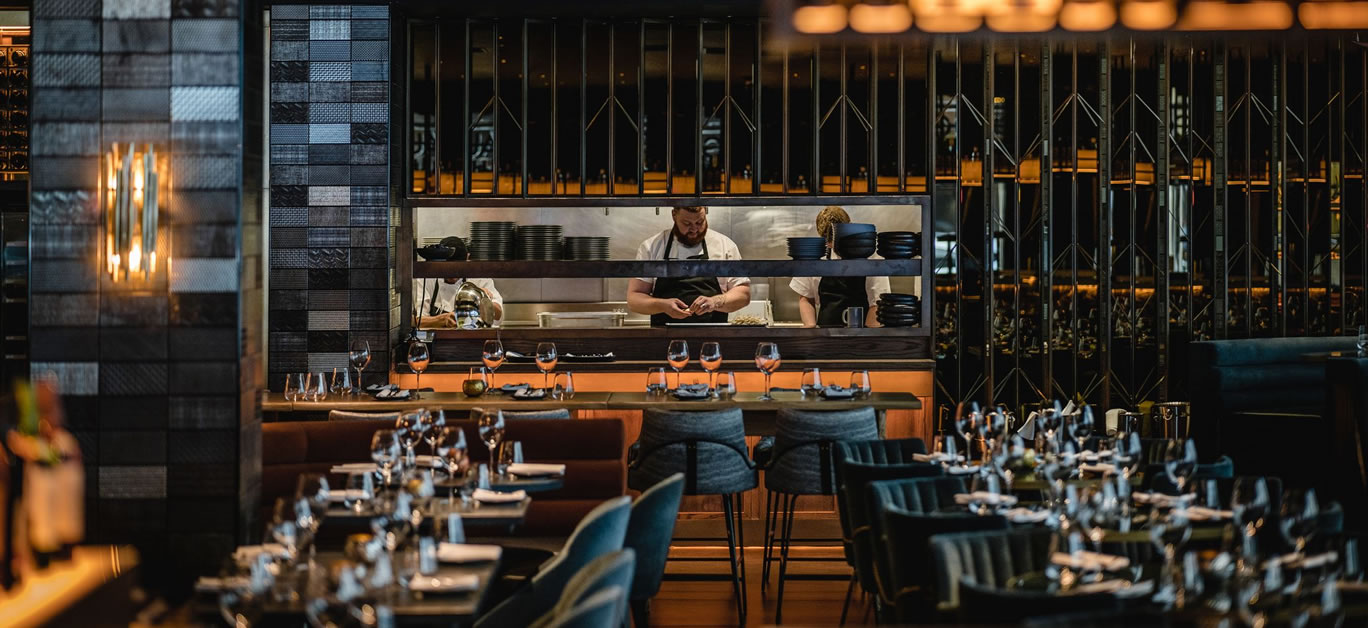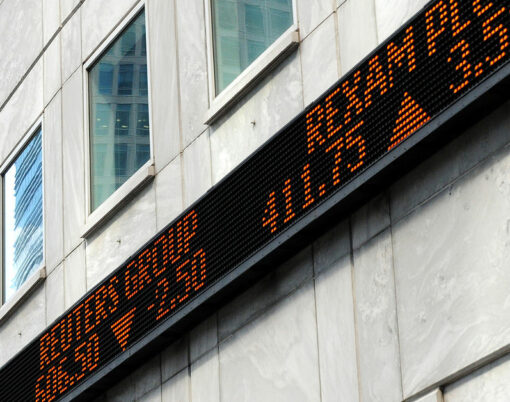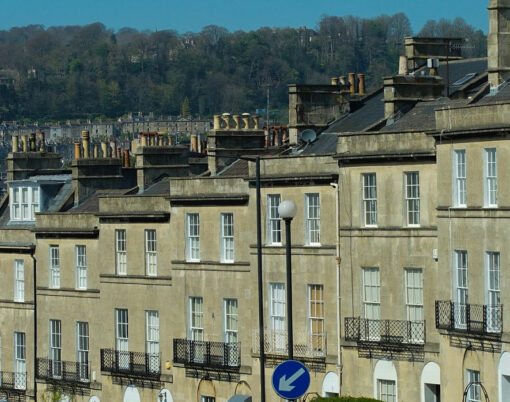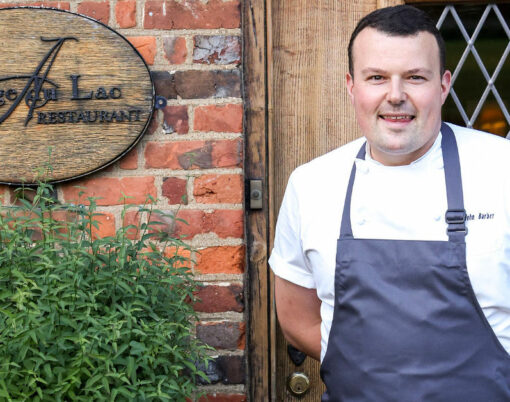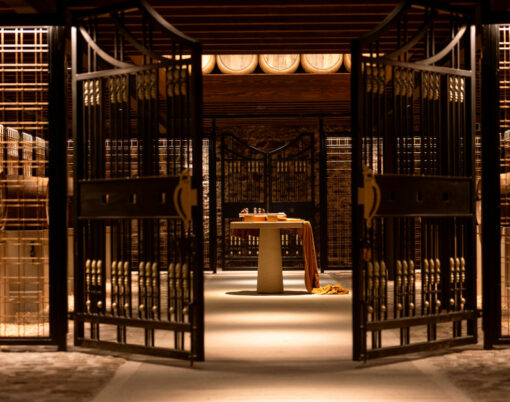DesignLSM is an award-winning multi-disciplined creative agency with a diverse portfolio of world class brands within the hospitality industry. The leading Brighton based company has worked with the likes of D&D London, Gaucho, The Alchemist, Sumosan, Burger and Lobster, Galvin Restaurants, Searcys, Carluccios, Ritz Carlton Hotels, Hilton, Marriott and Kempinski.
With such an impressive client list and some exciting plans for the future, we sat down with Holly Hallam, the company’s managing director, to find out a little more.
Tell us about DesignLSM.
DesignLSM is a multi-disciplined creative agency specialising in strategy, branding, interior design and architecture for a diverse portfolio of world class brands within the hospitality industry. Established in 1988, the studio has a great wealth of experience, both operationally and strategically, with a strong UK and international presence, expanding to Europe, Central Asia, South East Asia and North America – launching our first satellite office in Dubai following a growing demand of our services in the Middle East.
DesignLSM encourages a spirit of collaboration with our clients, colleagues and suppliers, creating lasting relationships which enable us to deliver engaging and memorable environments and experiences.
About two years ago, I took over from the previous managing director and am now the proud co-owner of DesignLSM.
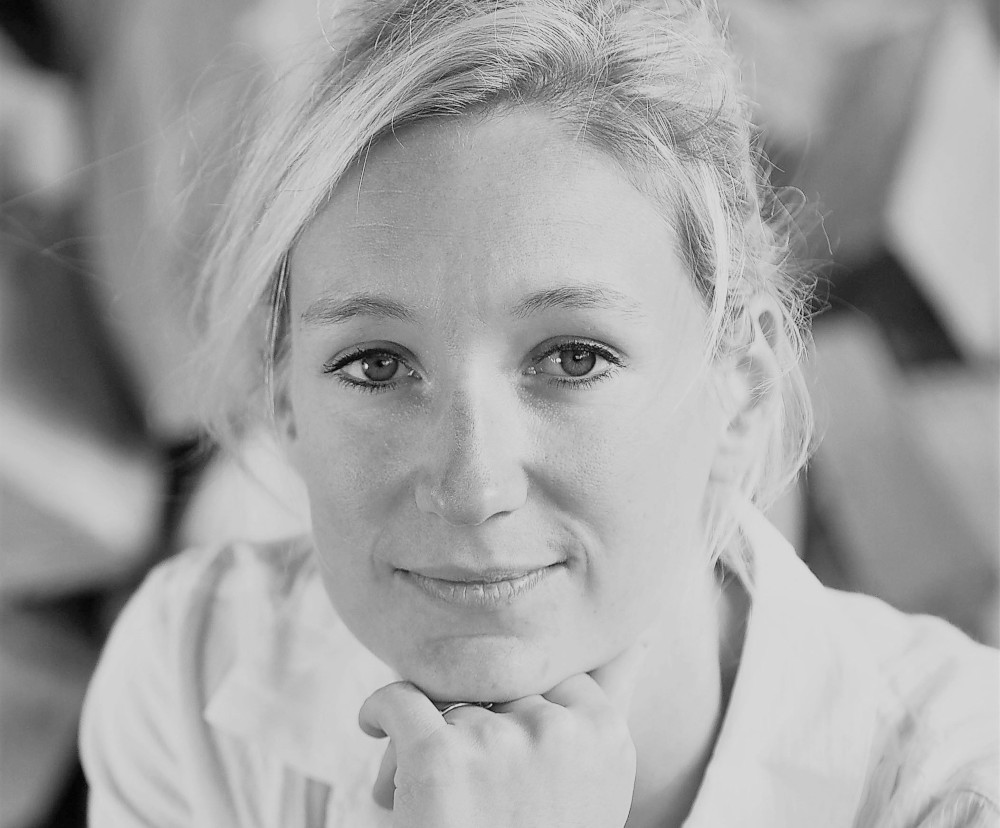
How did you get into hospitality design?
I have a background in film, commerce and marketing, typically focusing around understanding how to build emotional connections with the end user, be that someone watching a film, buying a product or eating in a restaurant.
When I started working at DesignLSM, I introduced a strategic service offering to our agency. We look at a clients’ strategical and commercial objectives, their brand, DNA, tone of voice, values, and what guest experiences they’re trying to create – making recommendations to become more operationally and commercially successful as well as curating an immersive environment. We then strategically use that insight within the interior design, to strengthen the guest experience, making the design more holistic, authentic, and engaging.
My family’s background is based in design; I’ve always grown up with design and aesthetics within my daily language, and looking at interiors has always been part of my life through property conversions, renovations and many childhood visits to galleries and iconic properties. I come into the industry from a different strategical angle, but it has been really beneficial to our clients as it gives a more rounded view when it comes to the overall experience and how the space can achieve its commercial ambitions.
Where does your design inspiration come from?
My design inspiration comes from looking at how people use, move and feel within spaces – I think that’s important. It’s about understanding a brand’s DNA and concept, looking at how they communicate with their target audience and what physical and emotional experience they wish to create for their guests.
I obtain inspiration from everywhere – retail brands, architecture, fashion, nature and art for example, absorbing cultures and the behavior of people.
Can you tell us about a recent project?
Picking one is always really hard as we’ve been fortunate to work on so many exciting brands over the last year. For instance, Jiji in Islington is a Middle Eastern and Japanese fusion culinary concept. There’s also Chourangi with chef Jolly at the helm in the kitchen – a renowned chef who is on India’s Masterchef.
One of our current international projects we’re working on is NAC. NAC Mayfair was the original concept which we designed many years ago, and they’re now expanding with three new sites, all within the Middle East (in Riyadh, Dubai and Doha). We’re taking the original NAC DNA; a Parisian/lifestyle bistro, and brining in an essence of localisation to each of the three new destinations to create a set of distinct and engaging spaces.
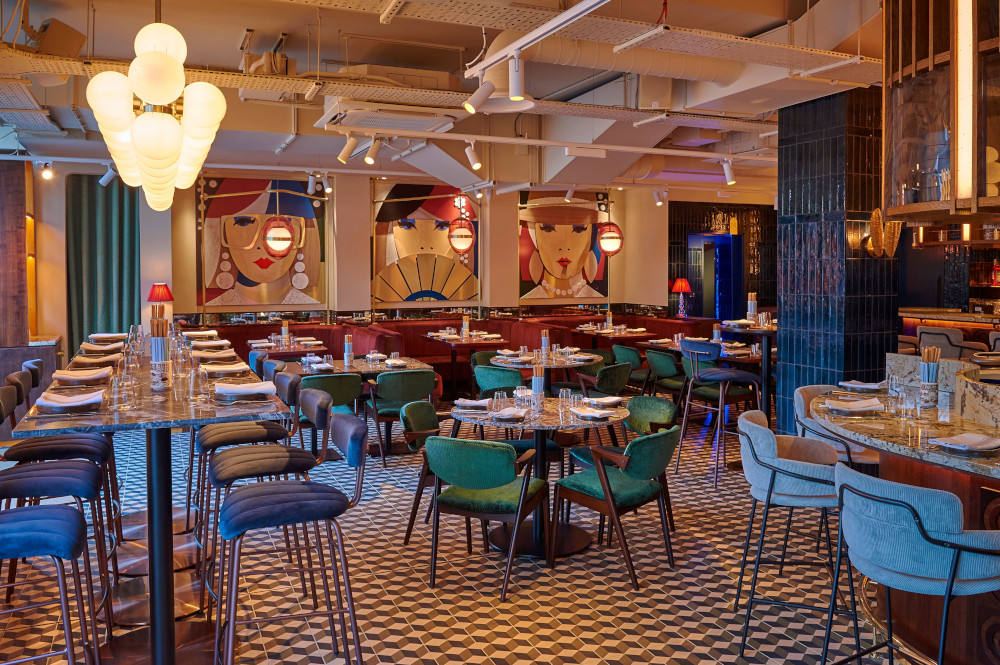
Our biggest project in hand is the renovation of the 333-key Grade II* Listed Heythrop Hotel owned by Warner Leisure in the Cotswolds. Set to open later this summer following a huge transformation, the team have worked with the client to curate a brand wide food and beverage proposition, develop multiple F and B concepts as well as identifying and defining the overall guest experience at the property; whilst also designing all of the front of house, including the lobby, an Orangery, six lounges, three restaurants, three bars, the ballroom and a theatre.
What has been the biggest moment in your career so far?
It has to be becoming MD and shareholder of DesignLSM. Having worked within the company for a few years prior, being asked to take over this role, for a well-established and respected brand, was very exciting and a great privilege.
What challenges have you faced?
Brexit hit, and that was the first massive disruption to the hospitality industry, and then, along came Covid which closed the hospitality industry altogether. I took over as managing director during this time which was interesting to navigate through.
Brexit has probably been more unspoken from a public point of view, in terms of daily operations, supply chain, and staffing – which continues to be an issue. We’re fortunate that with a lot of our clients, we have long-term relationships with them which saw us helping to evolve their concept, their commercial plans, their objectives and where they’re forecasting to go during the challenging past two years, helping them to survive and thrive.
We’ve seen really positive outcomes to this level of support; we’ve recently completed a big strategical review for 15 hotels across England, analysing their operations, guest experience, staffing, and making recommendations on how to become for operationally and commercially efficient and successful.
How have you navigated the business through the Covid-19 pandemic?
We were really fortunate that we had some big projects that were in development stages – opening end of last year, this year and within 2023/24 – which some are still in development. We also won a couple of projects, during the initial lockdown which was fantastic, some based within the UK but a majority based in the Middle East.
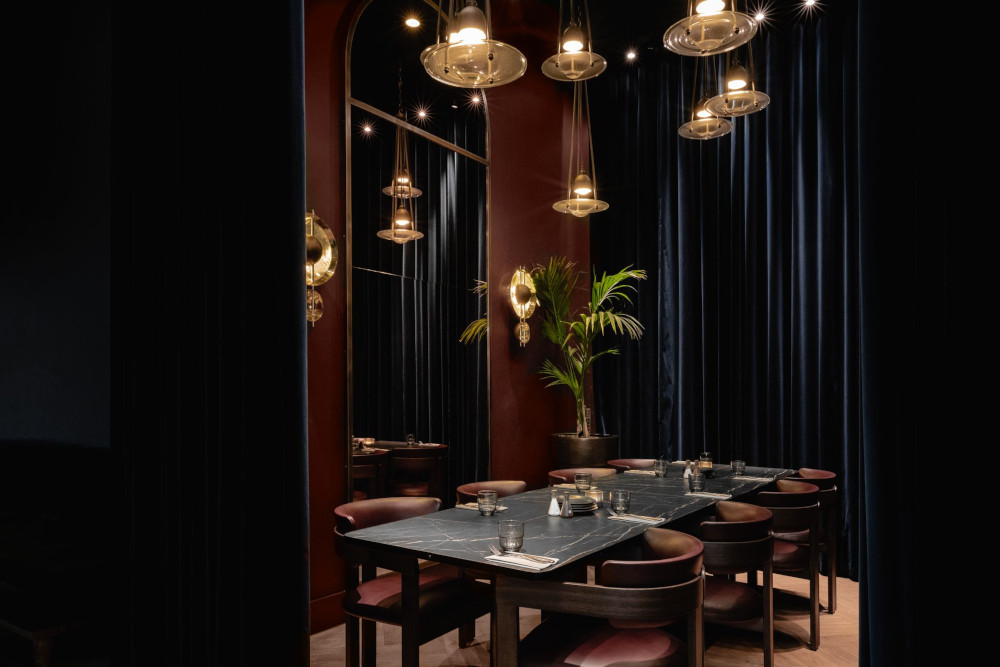
During lockdown, it gave us the opportunity to really speak to clients, and maintain those connections. We also looked at how our clients could evolve their offerings, for example, we worked with Hilton Curio in Kensington – a hotel that we designed, and had been open just a few months before the first lockdown hit. It had been attracting a lot of international guests and, obviously this footfall was then curtailed.
We, therefore, looked at how their offering could evolve and attract locals and UK based tourists – what packages they could curate, partnerships they could form with local attractions or relevant brands to create a unique and compelling proposition. For example, considering family-based days, in which they partnered with the National History Museum to create these really wonderful child-friendly packages, to stay and explore the local area.
Our team remained integral during the pandemic. They worked extremely hard and were very proactive during this time. Even when they were furloughed, they were keen on training opportunities to expand their skills and knowledge.
What restaurant trends can we expect to see in 2022?
I think we’ve seen a lot of restaurant trends accelerated through Covid – the emotional wellbeing trend is a huge factor, it’s become more prevalent in people’s minds. Looking at how a space can benefit both the physical as well as the mental remains integral to DesignLSM’s strategical approach to design.
I think it was very important that post Covid, people felt comfortable to visit a space, and we saw distinctively two sets of people: the extroverts who wanted to come back out, socialise and celebrate. Spaces that were maximalist and experiential were key, and they still continue to be. Whereas there’s also the demand for spaces to provide that sense of security and reassurance, so the other group of people, who were cautious, and apprehensive to come back out, felt that sense of calm and engagement.
The other big thing is brands becoming more present in our life thanks to multiple touch points before you have even got to a physical space and building a more personal and emotion connection. I think that trend is only going to get bigger. People want to support those brands that are important to them and that align with their own values. So it’s really important for us to think about how that brand is communicating with guests pre arrival, and making sure that experience is enhanced by the physical experience.
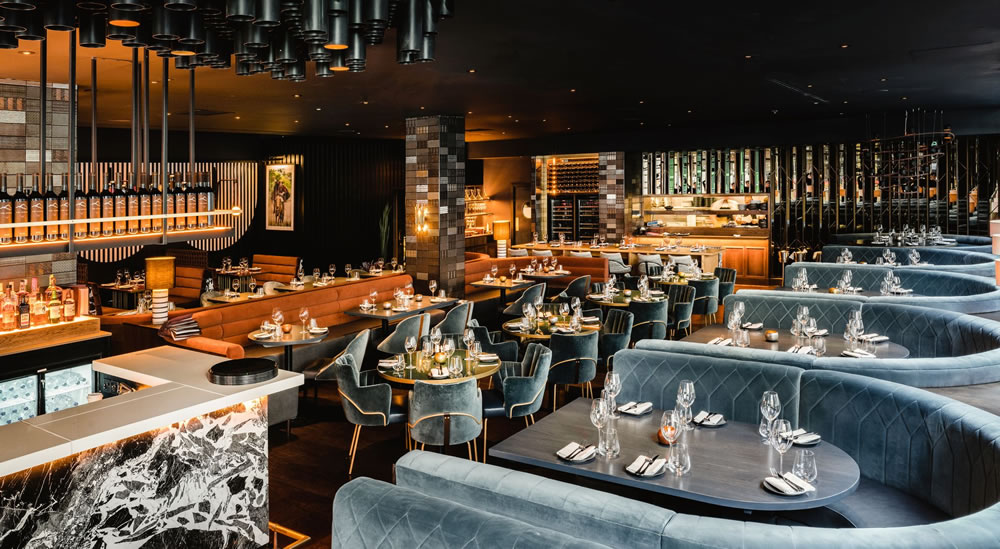
How do you address sustainability?
From a design perspective, we have done a vast piece of work around alternative materials that are sustainable, whilst also looking at our supply chain to ensure we are purchasing and creating products from valued and trusted sources that take responsibility – whether it is sustainable wood from certified sources or using innovative upcycled materials such as stone cycling or we explore routes like hiring and repurposing – which are avenues in design that allow a product to be used multiple times without the need for creating a product from scratch.
What’s next for DesignLSM?
Lots! We’ve had some fantastic growth over the last couple of years, as well as securing clients in new sectors. For instance, we’re now working more with leisure-based concepts – such as competitive socializing and golf clubs, looking at their offerings, membership retention and attraction and the varied spaces they house within one property.
We are also creating the proposition, brand and interior design for a new global supermarket brand, which will be very exciting to see come to fruition.
As well as seeing our commercial design portfolio building we are teaming up with a young talented and very exciting fashion designer on her new office space.
Growing our global presence, 50 per cent of our work is now overseas, which is great: different sites, different cultures, and different food always enhances our creativity, whilst we continue to work with loyal clients that we’ve had for some time, like Gaucho, who are opening three new restaurants over the next year, as well as refurbishing some of their previous sites.
Strategic thinking and creativity remain at the heart of the studio, as we strive to continue being a respected agency both within the UK and International hospitality industry.












